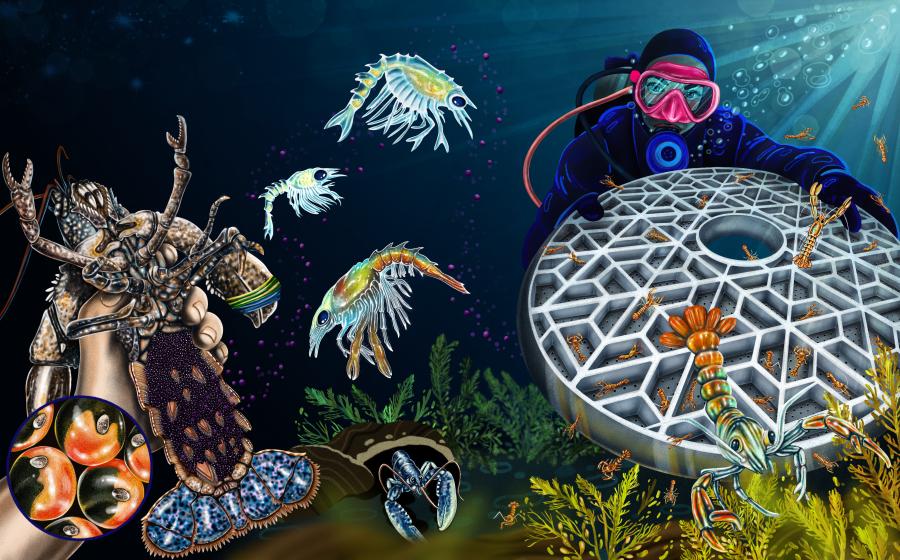Palau's 7 Signature Scuba Diving Experiences

Carlos VillochBlue Corner, Palau
The vibrant reef of Palau’s Blue Corner hangs on the edge of deep, open ocean, where sweeping currents blanket the corals with nutrients, sparking a food-chain proliferation right up to the apex predators. Sharks hang here in hordes, cruising the buffet. To get in on the action, toss out a reef hook to hold your position in the ripping flow as the sharks close in around you — you’ll feel an incredible sense of stationary flying. And no trip to Palau is complete without donning a snorkel to swim among the swarms of sun-worshipping photosynthetic jellyfish at Jellyfish Lake.
Dive this now: /palau
Blue Corner: This massive edge outcrops sharply from the wall off Ngemelis Island. Each tide pushes the water over either side of the point, condensing the water flow into a powerful current. It’s the perfect spot for hooking into the reef and waiting for sharks and massive shoals of fish to zoom past.
Chandelier Cave: A series of connected caverns, this stalactite-clad marvel is just a stone’s throw from Sam’s Tours jetty. You’ll find fossils that have been protected here for millennia.
Ulong Channel: A breezy drift along a coral-fringed sand highway; you’ll pass sharks, grouper and rays along the way.
Scuba Divers Guide to Palau
Iro: This WWII Japanese supply ship sits upright in Western Lagoon, just south of Malakal Harbor, and still sports its bow and stern guns. Diving on the Iro can be easy or advanced. Some cargo holds feature relics such as crates of sake bottles.
Jake Seaplane: The best visibility is at high tide; the Jake is a popular photo op.
Peleliu Island: This island in the south is surrounded by sheer drop-offs and forests of large corals. The southeastern wall faces the deep waters of the Palau trench and hosts the yearly sailfin snapper spawn.
Blue Holes: You’ll enter this cavern through one of four massive skylights. In the far end, the aptly named Temple of Doom begins in about 75 feet of water, but because of the overhead environment and its eventual depth, it’s only for tec divers.
NEED TO KNOW
Season: Diving in Palau is year-round, but windy conditions are prevalent from mid-July to mid-September. The rainy season is June to August. Generally, the best time to dive is December to March, when the water is calmer and there is less rain. The year-round average air temp is 82˚F. The bumphead parrotfish spawning aggregations occur year-round.
Water Temp and Viz: The average water temp is a tropical 84˚F, and average viz is 100 feet or better. After a prolonged rainy period, water temps might dip to the low 80s and water clarity to 65 feet.
Exposure Protection: Many divers find a 3 mm shorty to be adequate, but if you’re prone to feeling cold underwater, a 3 mm full wetsuit should suffice.
Skill Level: Many sites are appropriate for new divers, but at some sites, such as the channel dives, you need to be comfortable in current and know how to use a reef hook. You should have a minimum of 50 dives for more-advanced channel, reef-hook and spawning-aggregation dives.
Dive Operators: Sam’s Tours and Fish ’n Fins.
Liveaboards: Palau Aggressor II and Rock Islands Aggressor and Palau Siren.










